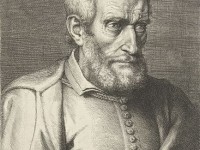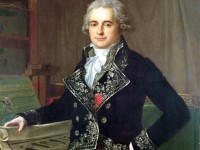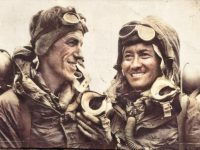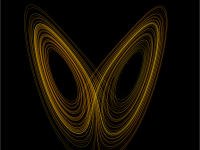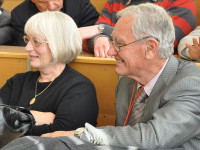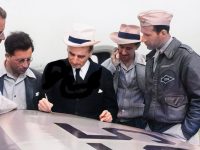Govaert Wendelen – the Ptolemy of Renaissance
On June 6, 1580, Flemish astronomer Govaert Wendelin (Godefroy Wendelen), Latinized Godefridus Wendelinus was born. Wendelen also was known as the Ptolemy of his time. Despite going against the tenets of his Church, he was an audacious proponent of the Copernican theory that the planets orbit around the Sun. He made more accurate measurements of the distance to the sun as previously made by Aristachus (2,000 years earlier). Govaert Wendelen – Early…
Read more











